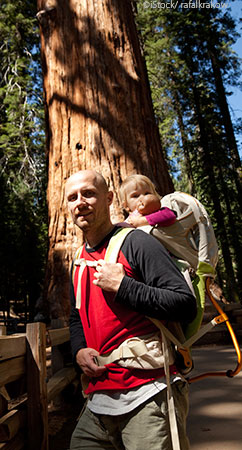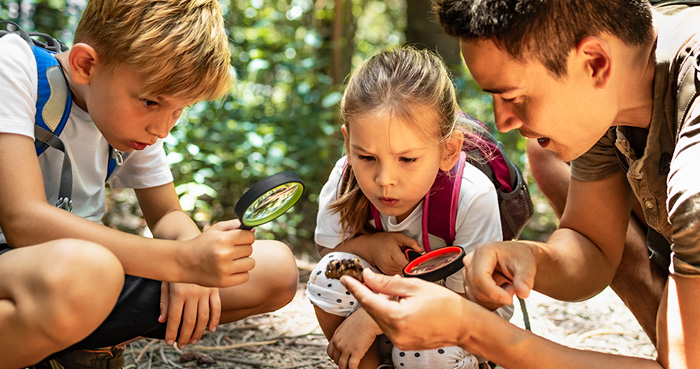Take Part in Citizen Science, Part Two: 8 Year-Round Outdoor Observation Projects for Kids
Outdoor observation, learning and fun needn’t stop when the weather turns a little chilly. There are terrific projects for year-round learners of all ages who are curious about nature, animals and science. Many of these fall under the heading of Citizen Science, projects from schools, labs, museums, nonprofits, and other organizations that ordinary people can take part in to help with observation and research. Many of these projects are perfect for beginners and don’t require large time commitments. Perhaps there’s one for you and your family to enjoy this fall or winter.
Here are 8 citizen science projects that are seeking volunteers.
- The Great Backyard Bird Count
Ever spotted a cool bird and wanted to tell the world? Now you can! Join thousands of other bird-watching families helping Cornell University track our feathered friends. It’s like a massive bird treasure hunt where every sighting counts! - Seek by iNaturalist
Turn your phone into a magical nature guide! Snap photos of plants and animals you find, and help scientists map wildlife around the world. The Seek app even turns it into a fun game – collect badges and level up as you discover more species. It’s like Pokémon GO for real nature! - Journey North
Help solve one of nature’s biggest mysteries – where do animals go during migration? Track monarch butterflies, hummingbirds, and spring flowers as they move across the country. It’s like being part of a giant nature detective agency!  Bugs in Our Backyard
Bugs in Our Backyard
Help survey the diversity of insects and plants across urban and rural landscapes. A good project for individuals and classrooms of many different age levels, this project from Colby College and the National Science Foundation touches on biodiversity, invasive species, genetics, evolution, urban ecology and statistical analysis.- Globe at Night
Turn your evening into a stellar adventure! Count stars in the night sky to help scientists track light pollution. Perfect for families who love staying up late and gazing at the stars. Hot chocolate and blankets recommended! - Project BudBurst
Are you interested in plants and seasonal change? Project BudBurst participants map multiple plants around the country throughout the year, observing the timing of leafing, flowering, and fruiting, which provides scientists with information about climate change. - Project Squirrel
Urban and suburban scientists can join Project Squirrel, which observes squirrel populations to learn about their habitat, including the effect of people on squirrels. A free Project Squirrel app helps people get involved and share photos on the site. - Frog Watch USA
Ribbit! Put on your detective hat and help track frogs and toads by their calls. Evening monitoring sessions turn into exciting nighttime adventures. Warning: May result in amazing frog facts being shared at the dinner table!
Want to get involved in a citizen science project through a local museum or other organization? Chabot Space and Science Center in Oakland is offering a Coastal Redwood Ecosystem Project. California Academy of Sciences in San Francisco offers multiple citizen science opportunities that explore biodiversity.
Still looking for more fun citizen science projects? Check out SciStarter, UC Davis’ California Naturalist or Cornell’s Citizen Science Central.
Susan Sachs Lipman (Suz) is the author of Fed Up with Frenzy: Slow Parenting in a Fast-Moving World, which contains 300+ activities for family fun and grew out of her blog, Slow Family Online. Slow Parenting and the book were named a 2012 Top 10 Parenting Trend by TIME Magazine. Suz has written for the New York Times’ Motherlode blog, the Christian Science Monitor’s Modern Parenthood blog, and many others.



